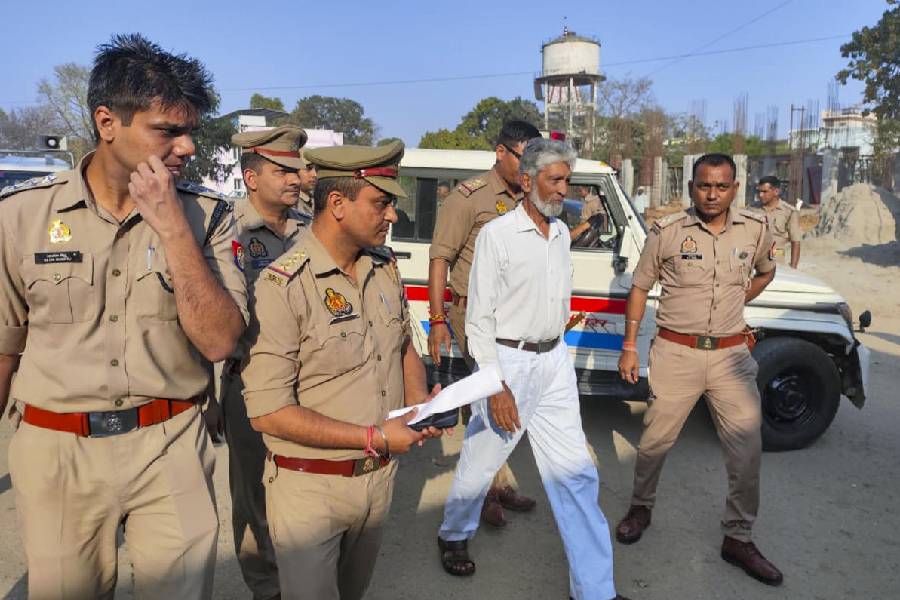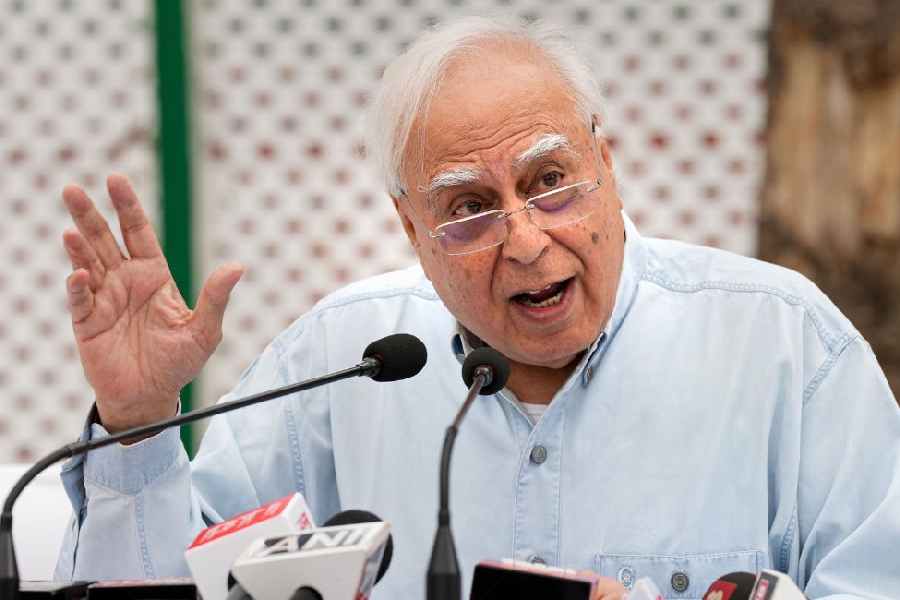Capt. Francis Jenkins, the commissioner of Assam (1834-’61), was the first British official to send a dispatch to the “Government of India” in 1834 for “taking some active measures to provide instruction for the Assamese youth” and recommended the establishment of schools “to impart English education in four sadar stations — Gauhati, Darrang, Nowgong and Bishnath”. Jenkins also immediately collected a sum of Rs 1,740 from the inhabitants of Guwahati for the purpose of setting up an English school in the town, which had a population of about 5,800, including that of the North Guwahati.
In 1835, the approval of the “Government of India”, run by the East India Company, came and the school was established in the same year with 58 students on its rolls. Mr Singer was appointed its headmaster on a salary of Rs 150 per month. With the establishment of this school, practically the foundation of modern education in the province of Assam was laid.
Soon the number of students in the Gauhati School began to rise and the number shot up to 340 by 1840. Donations for the school were pouring in from different quarters. That year, the Raja of Cooch Behar, Daya Ram Baruah and Juggo Ram Phukan contributed Rs 1,000 each. Dihingia Gosain of Kurua contributed Rs 500.
Emphasis was given in the study of English. The subjects taught in the junior classes in this school included Wilson’s chronology, Yate’s Elements of Natural Philosophy and English grammar. Use of globes, arithmetic with translation and composition were also taught. The senior class course included Meshman’s History of India, Homer’s Illiad and Elements of Natural Philosophy. In 1838, Mr Robinson was appointed as the new headmaster of Gauhati School, now named as Gauhati Seminary, with a salary of Rs 300.
Though schools opened in different parts of Assam (and by 1850 the Christian missionaries also opened a number of schools in different parts of the province), the standard of education could not reach the desired height. The school in Guwahati also failed to produce expected results.
The initial euphoria soon vanished and from 1844 onwards there was a steady decline in the enrolment in English classes. Daily attendance of the students in the classes came down. In many cases the students entered their classes as per their convenience and not according to the class routine. Even Mr Robinson felt helpless in this situation. However, ultimately the school authorities had to be tough.
They amended the school rules, imposed stricter discipline and began to seek co-operation from the guardians to bring the students to the book. As per the rules set in 1852, the guardians had to sign an undertaking to the effect that their wards would be present in school by 11 am sharp and the doors would be closed for the late-comers.
Still, the success story of some students of the school in the 1860s elated everyone. Anandaram Barua, the first Assamese to be a member of the Indian Civil Service, was a product of the school. Bolinarayan Bora, another product of the school, became a Gilchrist scholar and went to England. Zalinur Ali Ahmed and Sibram Bora, the first two Assamese to enter the Indian Medical Service, were the school’s alumni. And so were Manik Chandra Barua and Abdul Majid.
In 1862-63, public representation was made to the government for the establishment of a college in Guwahati. By mid-1860s, the government decided to raise the status of the school to a collegiate school “for political grounds of endeavouring to train up natives of the province for offices and responsibility and trust”.
Officially the Guwahati School was declared a collegiate school in 1865. The classes started in this collegiate section — the first-ever school in the entire northeastern India to achieve this status — with the new academic session of 1866. The government sanctioned a sum of Rs 12,000 towards the additional expenses of the upgraded section.
Some teachers were also brought from outside the province, particularly from other government colleges of different places of British India. That is how Babu Laksmi Narayan Das, the officiating professor of mathematics of Benaras College, came to Guwahati on transfer to the Guwahati Collegiate School. Within a few years, a law section was also added to the school with an aim to produce pleaders, a profession, which was becoming popular in other parts of British India — particularly among the native population.
“The establishment now consists of eight English masters and a law lecturer, a surveying master, two pandits and a maulvi — the class is now attended by 100 lads,” mentions W.W. Hunter in his report of 1874.
This was shocking because in that year, according to Hunter, “Gauhati town, the civil headquarters” and “the only town in the district” had a population of 11,492 — more than double the population of 1835 when the school was started.
However, the results of the school on its elevation to the collegiate level were not satisfactory. Rich crops like Anandaram or Bolinarayan were not repeatedly harvested. Of 938 students who matriculated from Calcutta University in 1872, there were only four from Brahmaputra Valley. In the First Arts (FA) Examination that year, none of the five candidates who appeared from the Collegiate School were successful.
Ultimately the FA Classes in the College were closed down, but the junior section continued to thrive.
Though the Collegiate School in Guwahati suffered many ups and downs during the period that followed, the school has the distinction of being the first seat of higher education in the entire region. Much later, at the beginning of the twentieth century, the institution was renamed Cotton Collegiate School, when the school began to thrive again.
Its alumni list is quite impressive, comprising thosewho contributed towards Assam’s socio-cultural and political life. They include Tarun Ram Phookan, Kamal Narayan Chowdhury, Rajen Bora, Bhavani Bhuyan, Hiren Gohain, H.. Das, Anil Goswami, Anupam Ananda Bharali, Arupjyoti and Amarjyoti Chowdhury, Dipankar Bairagi, Sonmoni Bora and many others. At the dawn of the twenty-first century, the school stands with its rich heritage at the heart of Guwahati city — bridging three centuries.
Dipankar Banerjee











